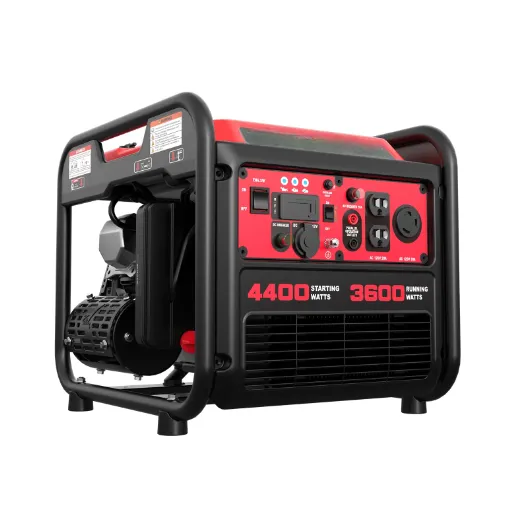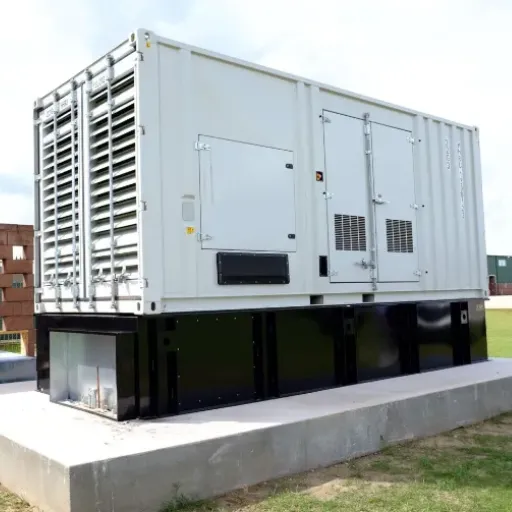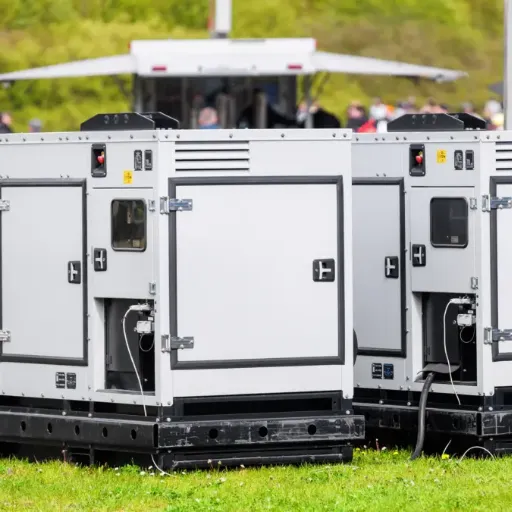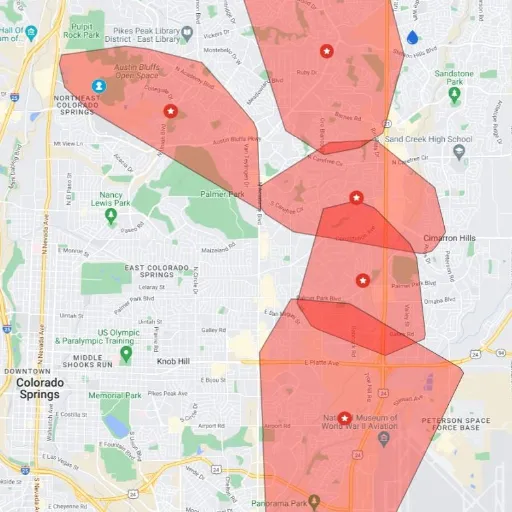Selecting the right generator size is a critical step in ensuring reliable power for your home, business, or project. However, many individuals struggle with accurately calculating their power needs, leading to oversized or undersized generators that are either inefficient or incapable of handling the load. This is where a generator load calculator becomes an indispensable tool. In this guide, we’ll explore how to use a generator load calculator effectively to determine your power requirements with precision. Whether you’re preparing for an emergency backup power plan, managing construction site equipment, or planning a large-scale event, this article will empower you with the knowledge to size your generator accurately, saving time, money, and potential frustration.
How Does a Generator Load Calculator Work?
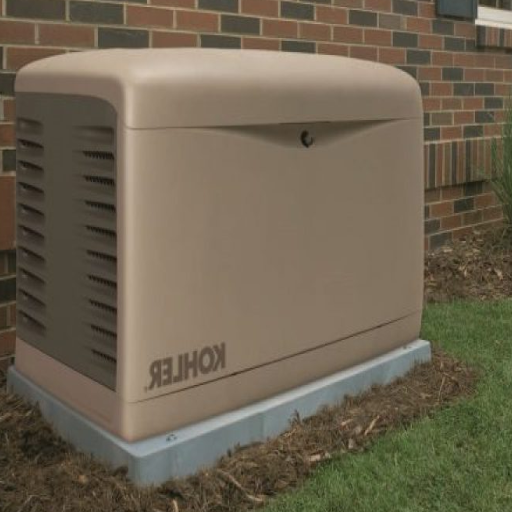
The Role of Wattage in Generator Sizing
Wattage functions as the main measurement that needs to be met to fulfill the electrical requirement of the generator. A generator sizing calculator provides the most accurate estimate for sizing a generator by adding all wattage values of devices, appliances, or systems that will be powered. Surge or starting wattage refers to the extra power needed to start appliances with motors, like refrigerators or air compressors, over running or continuous wattage, which is the amount of power needed to keep these devices functioning.
Noting every appliance’s power rating is key to calculating total wattage requirements. Power rating is given in watts thus a formula “W=V x A” is used in situations when only voltage and current are provided. In case of appliances which have motors, ensure both running and surge wattages are accounted for to avoid straining the generator.
Likewise, contemporary calculator of generator loads combines real-time data processing with user-friendly designs, making their use more straightforward. With such tools and resources, undergoing generic or inaccurate estimations is no longer the case, as detailed wattage data can now be provided tailored to your specific needs. This methodology enables proper generator sizing to be achieved, operating efficiently and safely under a variety of load conditions with utmost reliability.
How to Input Data for Accurate Generator Size Calculation
Having your generator size calculations correct all starts with data entry followed by an analysis of application generator needs. Begin with a scope of work for every generator powered item, appliance, or system so far to be used in construction and maintenance. Ensure that you take notebooks with their respective wattage details, running power versus starting power, motors, escalators, refrigerators.
When entering this information, remember to consider both peak and continuous load requirements to provide for variations in power consumption. Make use of contemporary generator load calculators that come with sophisticated algorithms and current reference databases to make this evaluation easier. Cross-referencing these calculators with reliable data sources further enhances load calculations, reducing the risk of inconsistencies caused by oversimplified assumptions.
Through careful gathering and entering of complete information, you can make certain that the chosen generator will consistently meet the operational requirements while being efficient under different conditions. Remember to check the final calculations with the technical documents. If needed, seek expert advice for further confirmation.
What Is the Importance of Wattage in Generator Sizing?
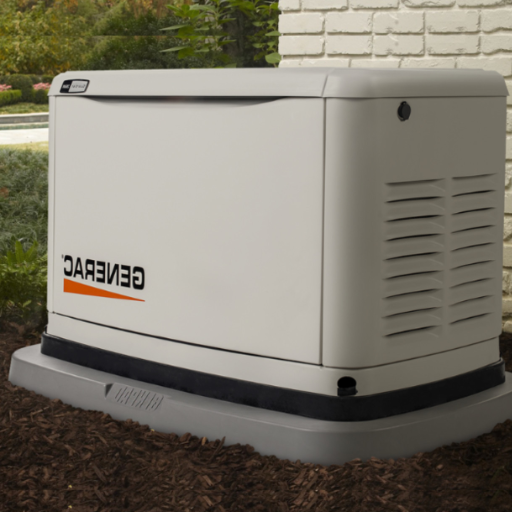
Difference Between Starting and Running Wattage
While sizing a generator, one must appreciate the difference between starting and running wattage to avoid the generator not functioning as intended, as well as avoid the risks of failure or inefficiency. Starting wattage, or surge wattage, is defined as the power needed by motor-driven devices during the start-up phase power sprint. Surge wattage for an electric device like an air conditioner, refrigerator, or a power tool usually demands up to two to three times their rated wattage to overcome inertia and reach full power. Conversely, running wattage refers to the power draw of the devices when they are at peak power functioning.
Suppose a refrigerator has a surge wattage of 2,000 watts at startup and consumes 700 watts while running continuously. These variations also need to be considered with the generator’s capacity so that it can avoid disruptions, overloads, or a reduced lifespan linked to the equipment that is connected. The generator must have ‘surge capacity’ exceeding the total starting wattage requirement ‘all tools and appliances’ will need if they start together. Also, the running capacity should support the total operational wattage under loaded conditions.
Users will not only preserve seamless operation of their equipment, but also the durability and long-term performance of their generator. Detailed specifications are needed from the manufacturers if the system is complex and for high demand industrial applications and it is always advised to consult someone who has the knowledge.
Calculating Total Power Needs for Home and Jobsite
Every power source is limited to a specific supply of watts, and measuring that for any power requirement, such as a house or a job site, requires intensive planning. In simpler terms, every connected device and how it is used are assessed for intervention measurement. You start by listing every device and appliance, then isolate their wattage values,e sequentially marking them as “critical appliances.” For a house application, this includes refrigerators and HVAC devices alongside supplementary power, drinking, entertainment systems, and computers. For a job site, this encompasses wireless saws, compressors, and power drills.
To map out and have an accurate estimate of supply measurement, one must include both “starting watts” and “running watts” while calculating peak demand. This summarizes the explanation behind why a device draws more power during the initial startup phase. It is quite common for an inrush device like an air conditioner to range in the mark of three times its nominal running wattage during the start-up phase. Remember, the right supply comes from either the grid source or a generator, and they both play the same role when it comes to ensuring there are no surge interruptions without tripping breakers or overloading circuits.
For achieving accuracy, classify devices into simultaneous use and intermittent use. Energy savings, from staggering the operation of energy-consuming devices, can reduce total load requirements. Also, look at power consumption changes from external environments; for example, harsh temperatures increase HVAC loads. Complete power requirement estimates should consider the efficiency degradation in transmission and add some reserve capacity for later growth. With the help of load calculators or through professional discussions, these calculations are proven to be accurate and reliable for effective energy management in various settings.
How to Choose the Right Home Generator?
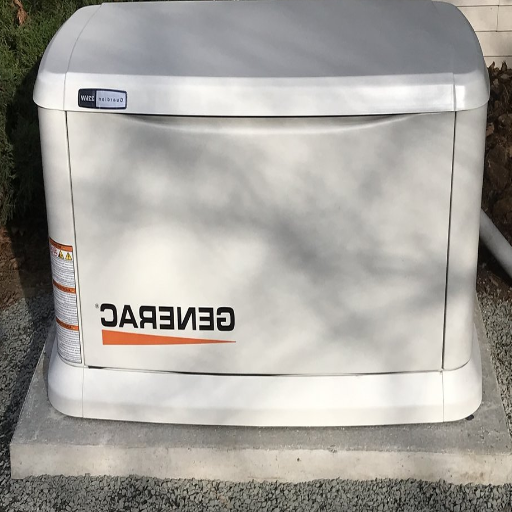
Using a Size Calculator for Home Standby Generators
Standby generators for home use require the most precise power determining tool, and this is using a size calculator. This calculator measures the wattage that important home appliances require as well as the expected startup power for bigger appliances like Sump Pumps and Air Conditioners, as well as other factors like estimated future expansionsof the home. Key inputs to these calculators typically output recommendations on generator capacity, which is mostly in Kilowatts (kW).
Improvement in accuracy becomes an even greater possibility with modern size calculators because of their incorporation of advanced algorithms with power spiking, efficiency losses, and simultaneous appliance usage. Many of these tools allow users to set if they are running demanding devices concurrently, Cuts ensure proper generator load balancing.
Using these calculators in conjunction with detailed energy audits ensure users do not underestimate total home standby generator requirements and risk lacking power during peak loads or using oversized costly units. The accuracy of the standby generator setter relies purely on up to date figures on current or futuristic generator needs.
Factors Influencing the Right Generator for Your Needs
Choosing the right generator requires thorough consideration of a number of important factors to ensure that the unit meets your energy needs and working conditions. The initial consideration entails determining the total power output, in kilowatts (kW), needed to sustain power for vital appliances, HVAC systems, and other essential loads during outages.
Fuel type and availability are other major considerations. Each generator system runs on gasoline, diesel, propane, or natural gas, and each comes with distinct benefits in terms of fuel efficiency, storability, and even environmental impacts. For instance, propane and natural gas systems permit uninterrupted operation via direct supply lines while diesel systems tend to have higher energy density and greater runtimes.
Furthermore, runtime efficiency and maintenance intervals greatly impact overall efficiency. Generators powered by sensitive electronics have advanced inverter technology and provide higher fuel economy and steady power output. Reduced maintenance and downtime are made possible with remote monitoring and diagnostics, which permit real-time performance tracking.
Also, generators may be influenced by the local emission regulations and noise levels. Generator models that have Noise Isolation Feature (NIF) and compliance certifications enhance user convenience and comfort while ensuring compliance with the law.
In addition, purchasing a scalable generator allows adaptivity to changes in future energy requirements. Hybrid systems, as well as modular parallel units, enable easy additions that are economical as power needs increase later on.
Using the most up-to-date market data and verified resources, professionals and homeowners alike can now make purchasing decisions with confidence knowing that the generator they select will balance energy reliability and cost alongside sustainability.
Can a Generator Size Calculator Help in Commercial Settings?
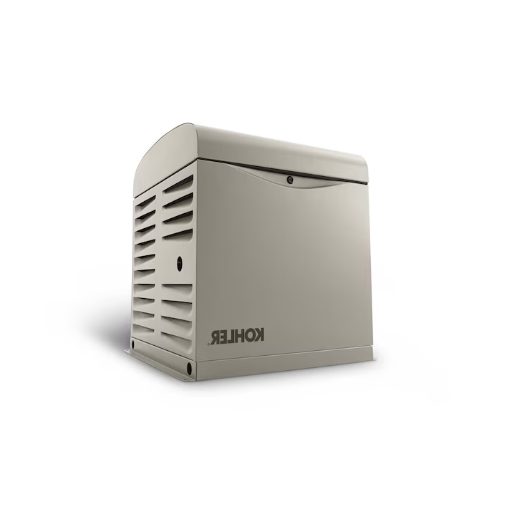
The Role of a Commercial Generator Sizing Calculator
A commercial generator sizing calculator plays a critical role in ensuring that a facility’s power demands are met efficiently and effectively. The process of selecting the appropriate generator size is influenced by several factors, including the facility’s total energy requirements, peak load demands, and the types of equipment being powered. By analyzing operational data, a sizing calculator provides a comprehensive assessment of these needs, helping organizations avoid under-sizing or over-sizing generators, both of which can result in significant operational inefficiencies and increased costs.
One of the primary benefits of a commercial generator sizing calculator is its ability to account for load types. For example, some equipment, such as HVAC systems or industrial machinery, requires significantly higher starting power compared to their running power. Accurately calculating these transient power demands is crucial, as an underpowered generator may fail to start critical equipment, leading to operational downtime. The calculator incorporates this data into its analysis, ensuring that the selected generator can reliably handle all power fluctuations, both during regular use and in cases of unexpected surges.
Additionally, modern generator sizing calculators leverage up-to-date algorithms and data sets to enhance precision in sizing recommendations. These tools integrate details about local energy regulations, emerging technologies, and sustainability goals, empowering decision-makers with relevant and actionable insights. When combined with technical consultations and a thorough understanding of site-specific requirements, these calculators provide a data-driven foundation for generator selection, enabling businesses to maximize energy efficiency, maintain operational resilience, and minimize environmental impact.
Assessing Power Equipment Needs at a Jobsite
The generator sizing calculators help with the generator power rating to avoid the mismatch problems causing severe losses, and identify the generator’s optimal dimensions. There are various components to consider when sizing a generator within a facility. These metrics include the total power needs of the site, energy consumption over a certain period, the facility’s peak power usage, and the different forms of equipment that will be in use throughout the facility. To operate effectively, these generators have to be optimally sized, as undersized generators often cost a fortune in missed opportunities while oversized generators waste resources.
The primary benefit of commercial-grade generator sizers is their sophistication in accounting for all load types, in any context. Starting power, for instance, will almost always be higher for HVAC or other industrial machines than running power. Meeting all these vastly varying sets of demands requires the adoption of specialized equipment that works seamlessly under such strenuous conditions. The generators are equipped with devices perfect for starting their peripherals while at rest, that can maintain peak efficiency whilst rapid demand fluctuations occur on the primary.
Also, the latest algorithms and data sets are now used by generator sizing calculators to make their recommendations more precise.When coupled with consultations filled with advanced site-specific knowledge and a precise strategy, these calculators form an unbiased basis for businesses to select a generator which streamlines energy usage, strengthens operational durability, and lessens environmental damage.
Estimating KW Requirements for Industrial Applications
To estimate kilowatt (KW) requirements for industrial applications accurately, it is essential to account for several critical variables that directly affect energy consumption and operational demands. The process begins with identifying the total load requirements of all equipment and machinery that will rely on the power supply. This includes running loads, starting loads, and any intermittent loads that may impact the overall demand. For example, motors often require significantly higher power during startup than during continuous operation, which must be factored into the calculations to prevent undersizing. Precise load profiling ensures that the generator can maintain consistent performance without overloading during peak demand scenarios.
Additionally, environmental factors and site-specific conditions play a crucial role in determining KW requirements. Variables such as ambient temperature, altitude, and humidity levels can influence a generator’s efficiency and capacity. For instance, generators tend to lose output efficiency in high-altitude environments due to reduced oxygen levels, thereby necessitating adjustments to the estimated KW capacity. Furthermore, industrial applications often involve fluctuating power demands throughout operational cycles, which makes it vital to assess both maximum and average loads over a given period. This comprehensive analysis ensures that the chosen generator not only meets peak requirements but also operates efficiently under varying loads.
Modern methodologies for estimating KW requirements leverage advanced tools and data analysis. Real-time monitoring systems, coupled with historical performance data, provide detailed insights into energy usage patterns for industrial operations. These systems can integrate with simulation software to model load behavior under different scenarios, ensuring greater accuracy. Additionally, using the most up-to-date data and algorithms from trusted sources, such as ISO or NEMA standards, allows for optimized generator sizing recommendations. Combining these technical tools with expert consultation further strengthens the accuracy of KW requirement estimates, resulting in a tailored power solution that ensures seamless, uninterrupted operations for industrial applications.
What Are the Common Mistakes in Using a Wattage Calculator?
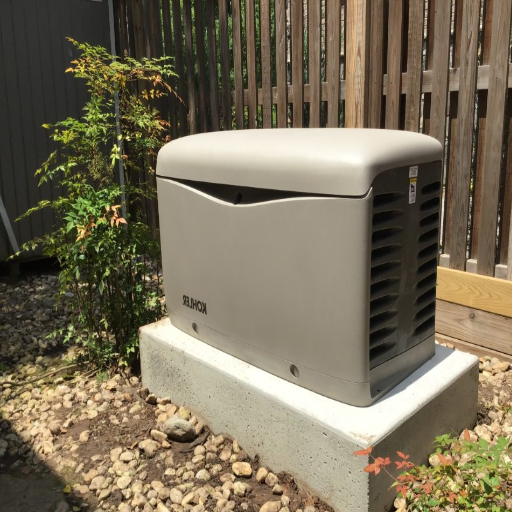
Avoiding Errors in Power Consumption Estimates
When it comes to estimating kilowatt (KW) requirements related to industrial applications, several pertinent issues impacting the operations and energy requirements need to be addressed. The process begins with identifying separately each of the equipment or machine components that use the power supply. This includes running loads, starting loads, as well as any intermittent loads that can affect the overall demand. Motors illustrate this best, as they often utilize much more power while starting than running, which will need to be considered to avert undersizing. The accurate profiling of loads ensures that the generator can sustain performance, devoid of overloading during peak demands and performance scenarios.
Environmental factors and site-specific conditions are fundamental in determining KW requirements. Factors like ambient temperature, altitude, and humidity can impact a generator’s capability and efficiency. Generators, for example, tend to lose output efficiency in high-altitude environments due to reduced oxygen levels, necessitating adjustments to the estimated KW capacity. Moreover, industrial applications typically have varying power needs within a shift, thus, both maximum and average loads over time are important to consider. This precise approach guarantees that the selected generator not only fulfills peak demand but also maintains efficient performance at fluctuating loads.
Modern practices focusing on estimating KW requirements utilize more advanced data analysis and tools. These systems have the ability to interface with simulation software that can create models of load behavior under various scenarios. Combining these tools with the knowledge of industry experts results in accurate estimates of KW requirements, delivering optimal solutions for industrial operations to guarantee ease of use and efficiency.
Understanding Power Outage Needs and Overestimations
Exact assessments of power outage cycles play a vital role in business continuity, especially in industrial and commercial settings where downtime may incur steep losses. A power supply company’s major challenge during outage cycles is estimation, as gaps in information gathering are often invalidated by unreliable estimation systems based on outdated techniques, which do not consider real load requirements.
Automated algorithms now employed with state-of-the-art machine learning supply real-time data to enable predictive analytics, utilizing historical usage records, weather conditions, and other environment factors such as equipment usage to find the predicted seasonal use of equipment. These algorithms adapt based on recorded shifts in peak supply periods and actual usage pattern of specific applications.
Overestimation of power consumption leads to unused infrastructure, oversized backup generators, unfairly high fuel costs, skyrocketed fuel demand, and stalled maintenance, characterizing underutilized systems. Inaccurate predictions and gaps in accurate assessment lead to wastage across the organization, ultimately hindering operational sustainability. Designing systems with a dynamic approach based on formats enhances cost-effective solutions, which invariably boosts the economy.
Best Practices for Accurate Generator Load Calculator Use
- Collect Comprehensive Data: Start with the systematic data collection of all devices and systems to be powered by the generator. This includes wattage ratings, surge power (starting energy) requirements and energy demands during operation.
- Make Note of Peak from Continuous Loads: Dissect the highest levels of short term (peak) and continuous (sustained) power usage of the battery powered equipment. Electric motors and HVAC Systems, for instance, commonly inflat soft-start additional surge power requirements to the lower levels that not-arbitrary generator strain calculations usually work above.
- Consider Environmental Factors: Elements like altitude and temperature heavily influence generator performance. Higher altitudes can decrease engine power because the air is thinner. Additionally, cooling systems and fuel efficiency may be affected during extreme temperature shifts. Add these variables to improve load calculation precision.
- Using Real-Time Adjustments: The most current generator load calculators enable real-time monitoring and provide dynamic updates based on ever-changing conditions. More sophisticated systems are capable of predicting demand increases and notifying the operator for overload protection, which enhances safety and reliability.
- Identify Shifts In Load Needs: With ongoing equipment modifications, operational shifts, or process expansions, load requirements can change over time. Periodic reassessment ensures a generator’s power capacity continues to adequately match the infrastructure’s requirements, optimizing operational cost in the long run.
Following these guidelines will boost generator performance, reduce risk, and ensure operational resilience while remaining cost-efficient in various situations.
References
Frequently Asked Questions (FAQs)
Q: What is a generator load calculator?
A: A generator load calculator is a tool used to estimate your power needs and help you determine the size of generator you need for your specific requirements. It considers various factors like the equipment’s power consumption to ensure the right size generator is selected.
Q: How do I use a generator load calculator to size a generator?
A: To use a generator load calculator effectively, you need to input details such as the wattage of all the electrical devices you intend to power. You can find these details in the owner’s manuals or by using a power consumption chart. The calculator will then provide an estimate of the generator size you need.
Q: Why is it important to use a generator load calculator?
A: Using a generator load calculator is important because it helps you understand what size generator you need, ensuring your electric generators meet your load requirements. This prevents overloading and avoids purchasing an unnecessarily large generator.
Q: Can a portable generator be used with a generator load calculator?
A: Yes, a portable generator can be used with a generator load calculator to determine if it can meet your power needs. The calculator will help you determine the size of your portable generator based on your specific load requirements.
Q: What is load management in generator sizing?
A: Load management involves planning and controlling the power usage of your equipment to ensure the generator you need is not overloaded. This helps in selecting the right size generator and maintaining efficient operation.
Q: Should I consult a certified electrician when using a generator load calculator?
A: Consulting a certified electrician is recommended when using a generator load calculator, especially for complex setups. They can help you accurately estimate your power needs and ensure the generator solution you choose is safe and effective.
Q: How do electric generators support three-phase power systems?
A: Electric generators designed for three-phase power systems are capable of delivering power across three alternating currents, which is ideal for heavy-duty equipment and industrial applications. A generator load calculator can help determine if such a system meets your load requirements.
Q: What factors influence the size of the generator you need?
A: Factors influencing the size of generator you need include the total wattage of all connected equipment, starting and running wattage, and whether you require a single-phase or three-phase generator. Using our generator load calculator can simplify this process.
Q: How do I ensure that the generator size I choose is accurate?
A: To ensure accuracy, use a sizing tool like a generator load calculator, consult the owner’s manuals for accurate wattage, and consider any future power needs. Double-check with a certified electrician to confirm your choice of generator size.




